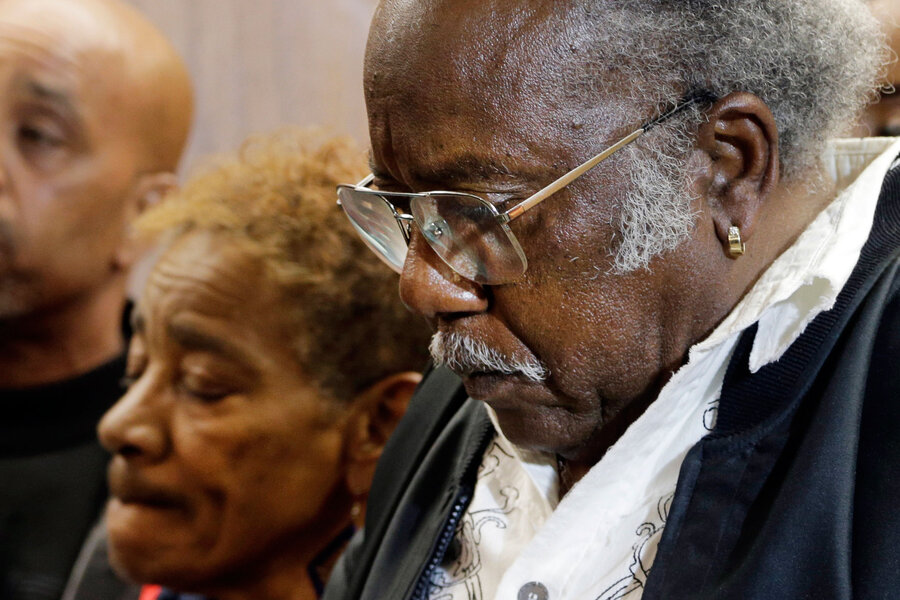'Grim sleeper' convicted: Victims’ families finally find solace
Loading...
Families of the victims of the "Grim Sleeper" serial killer finally have some closure.
It took decades for an arrest to occur, and even more time passed before a conviction was reached. But on Thursday a jury in Los Angeles County convicted Lonnie Franklin Jr., a former garbage man and mechanic, guilty of 10 murders.
Mr. Franklin earned the "Grim Sleeper" moniker for a spate of killings that occurred between 1985 and 1988, and another group of murders that happened 14 years later, between 2002 and 2007. Police have also collected evidence that links Franklin to at least six other killings that happened during that gap that are still unresolved.
"It took all this time, but we got him," Porter Alexander Jr., the father of one of the victims, told The Associated Press.
Members of the community complained that police didn't thoroughly investigate the killings because of the victims' racial and socioeconomic standing. Franklin preyed on young, black women, some of whom were prostitutes and drug users, at the height of the crack cocaine epidemic in 1980s South Central Los Angeles.
The victims were sisters, daughters, and mothers who suffered frailties but had hopes and dreams, Deputy District Attorney Beth Silverman told the court.
After the last body was found, a task force was assigned to revisit similarities seen in previous cases. DNA evidence wasn't available when the first killings occurred, and when it did emerge, Franklin's genetic profile didn't show up in any criminal databases. Police were eventually led to Franklin after DNA collected from his son, who had been arrested for a felony, showed similarities to material found on the victims' bodies.
One victim, Enietra Washington, survived being shot in the chest and was a key witness during the trial. She identified Franklin as the man who had attacked her in 1988. The description she provided of her attack matched the pattern of other previous killings and helped illustrate how the homicides were carried out.
The sentencing phase of the trial is set to begin on May 12, and prosecutors plan to seek the death penalty for Franklin.
Families of the victims said Thursday's verdict helped them reach a sense of closure.
"It's been 30 years, and we need this," Irene Ephriam told reporters after the verdict. Her niece, Henrietta Wright, a mother of five, was found slain in 1986. "I'm going to pray for Lonnie," she said. "I forgive him. But he didn't give them the chance to do that."
Material from Reuters and The Associated Press was used in this report.








